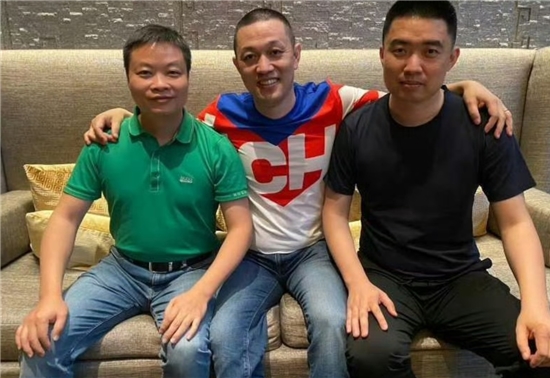盖世汽车 刘彩君2025-04-21
Hey everyone! Today, we're shaking things up with a deep dive into the XPENG P7+. We’ll break down its smart driving capabilities, algorithm strategy, and key suppliers.
XPENG claims the P7+ can navigate nationwide using a pure vision system, no LiDAR needed. So, we put it to the test in downtown Shanghai, maneuvering through congested streets, pedestrian-heavy alleys, and tricky lane merges to see how it handles two of the biggest challenges in smart driving: lane changes and obstacle avoidance.

Photo credit: XPENG
At the core of the P7+ is XPENG's AI Hawkeye Vision Solution. Hardware-wise, it packs 11 cameras, 3 millimeter-wave radars, 12 ultrasonic sensors, and dual NVIDIA Orin-X chips with 508 TOPS computing power.
The front-view camera is provided by Sunny Smartlead, the forward millimeter-wave radar is supplied by Continental, while XPENG itself has developed the ADAS and vision-based smart driving solutions in-house.
First Impressions: No LiDAR, No Problem?
Compared to XPENG's previous LiDAR-equipped models, the P7+ feels nearly the same in everyday driving! It handles highway ramps, lane changes, U-turns, unprotected left turns, and avoiding pedestrians and cyclists with ease.
But here's where things get tricky—narrow streets like Hankou Road, where randomly parked cars, jaywalkers, and non-stop scooters make navigation unpredictable. The system tends to play it safe, waiting too long when pedestrians cross sporadically. Maybe this road is just too chaotic for any smart driving system.
In scenarios where roads are unmarked and parking is disorderly, hesitation becomes more apparent. The system takes extra time to assess risks and make decisions, particularly in situations where aggressive maneuvering is required.
That said, on highways and structured roads, it performs far better. It anticipates lane merges well and begins braking early when detecting cars slowing down or drifting into its path.
Even without LiDAR's point cloud data, its vision-based perception algorithm effectively determines vehicle distances and navigates available space with a balance of efficiency and comfort.
Before entering tunnels, the system pre-selects an optimal lane, and once inside, the SR interface automatically displays speed limit adjustments based on lighting conditions. Speed regulation inside the tunnel is also well-calibrated, ensuring smooth driving throughout.
Supply Chain & In-Car Tech
Beyond smart driving, let's talk hardware. The P7+ carries a 15.6-inch central touchscreen, a 10.25-inch LCD instrument cluster, an 8-inch rear entertainment screen, and a 9-inch streaming rearview mirror.
The cockpit runs on the Qualcomm 8295P chip, while the central control unit is supplied by Flex. The screens, including the infotainment display and instrument panel, come from BOE, with XPENG handling software integration and cloud-based algorithms. The vehicle also includes dual 50W wireless charging pads, provided by InvisPower.
Under the hood, the P7+ is powered by XPENG's own electric motors, while the electric motor controllers come from INOVANCE Automotive. MACMIC supplies the power semiconductor devices, and the vehicle control units is developed by Hangsheng New Energy.
For the battery system, XPENG has partnered with EVE Energy, equipping the P7+ with lithium iron phosphate battery packs in a prismatic cell design. The batteries measure 309.3mm × 88mm × 37.2mm and offer an average fast-charging rate of 2.1C. Two pack configurations are available: one with a 490V system containing 152 cells and another at 615V with 192 cells. Energy density varies between 126.7 Wh/kg and 134.6 Wh/kg.
That's our deep dive into the XPENG P7+—from real-world driving to tech and suppliers. If you’re curious about the supply chain details, stay tuned for more breakdowns!
Got questions? Drop them in the comments, and don't forget to follow us!
苑晶铭


全球视野,中国声音,快来体验吧